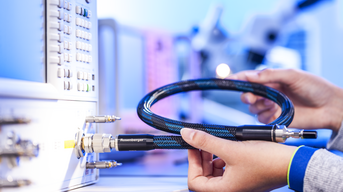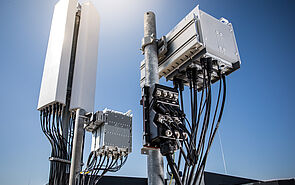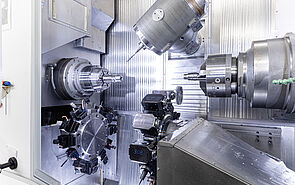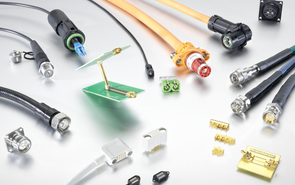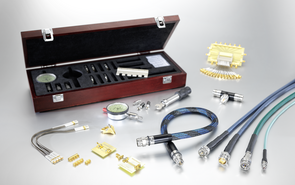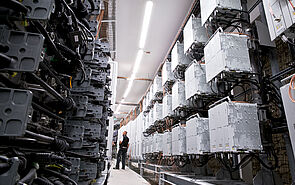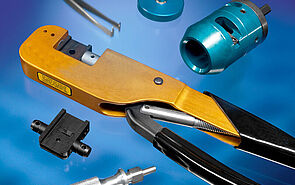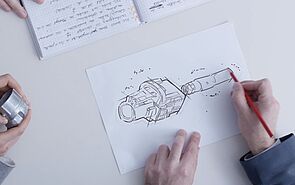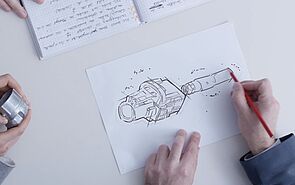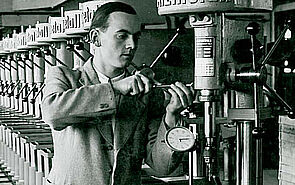A vector network analyzer (VNA) is as useful as the accuracy of the measurements it makes, and this requires the instrument to be calibrated. Very often those measurements need a test setup that includes not only the VNA and a calibration kit but also one or more measurement cables and adapters.
The calibration process employs a technique called vector error correction, in which error terms are characterized using known standards so that errors can be removed from actual measurements. The process of removing these errors requires the errors and measured quantities to be measured vectorially (thus the need for a VNA). Directly after this calibration process, the best measurement accuracy can be expected.
Changing anything may decrease measurement accuracy. Typically influences are temperature changes, bending/movement of the measurement cables, vibration and drift. This article concentrates on the measurement cables. It clarifies why and how cable bending and movement influence the accuracy and how measurement cables can be characterized to estimate their influence on the accuracy.
